The home of Collection Hugo Voeten comprises two venues: Art Center Hugo Voeten in Herentals and Beeldentuin Hugo Voeten in Geel. The former was opened in 2012 by collector and entrepreneur Hugo Voeten (1940-2017) in a former grain factory that was converted into a nine-level art and exhibition center. In addition, he gave rise to an impressive private 40-acre sculpture park in Geel. Some of the works were especially created to occupy a particular place in the park and were sized to fit in with specific features of the landscape. Visitors discover works by Novello Finotti, Thomas Houseago, Pavel Koichev, Emil Popov, Joris Gaymans, Wim Delvoye, Krum Damianov, Panamarenko and many others.
LARRY’S LIST interviewed the collection manager, Eveline Heylen, who illustrated the charms of the Campine region where the Art Center is located; how she and the small team present the rich and varied cultural history of modern, contemporary, and Bulgarian art; why smile is their logo and business card; and also the challenges and breakthroughs in audience building.
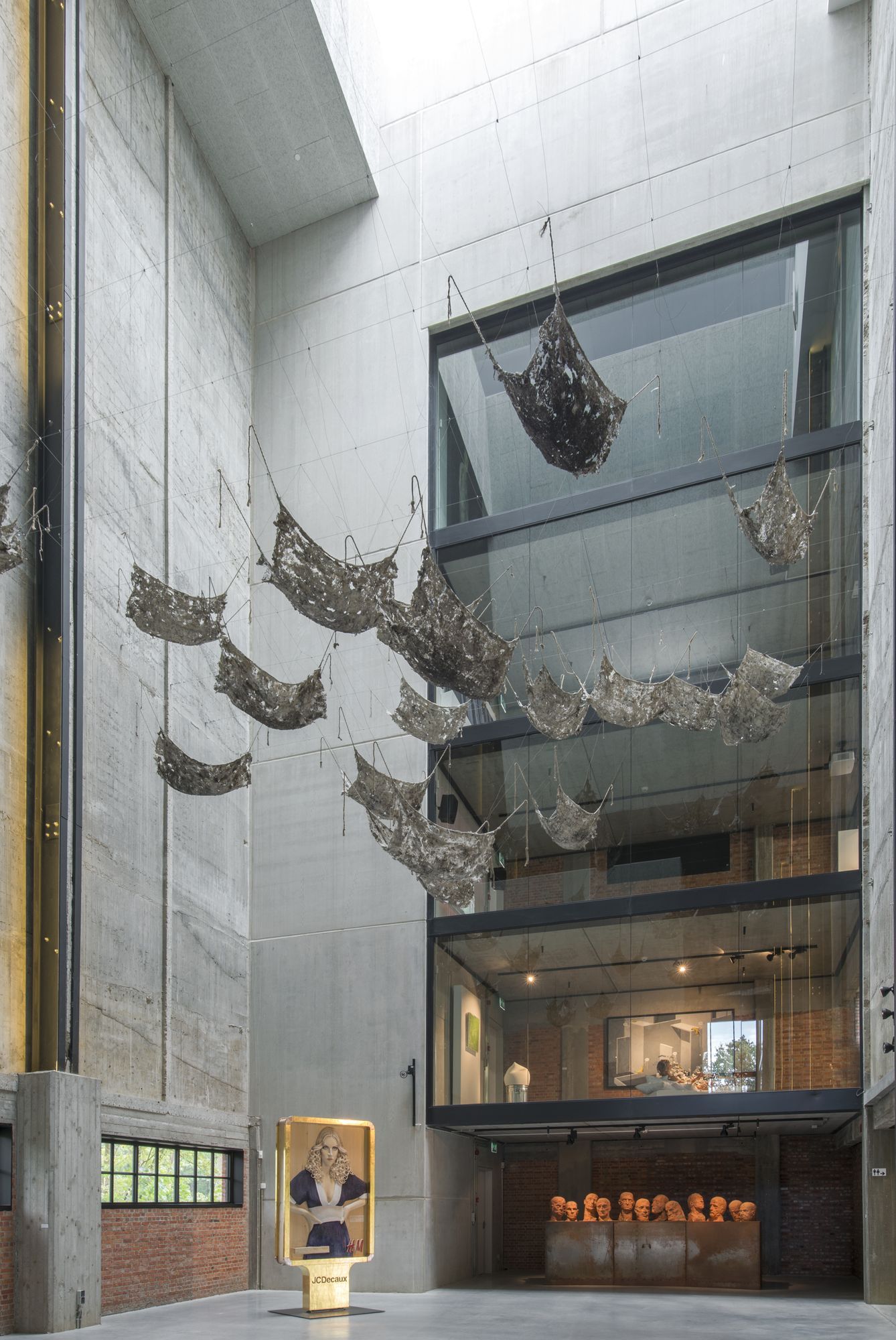
Background
What is late Mr. Hugo Voeten’s motivation for this art center?
He started to collect over 50 years ago. Although his family was not artistic, he developed a taste for art thanks to his mother. She collected antiquities and visited auction houses after World War II; and as a child, Hugo Voeten often accompanied her. As soon as he obtained professional success with his supermarket chain “Cash Fresh”, he allowed himself to convert his hobby as collector into a real passion. After he left the business, he had the time to fully dedicate himself to art. He wondered how he could better enjoy and present his collection. That is the reason why he bought the ruined old grain factory in Herentals and converted it into a private art temple.
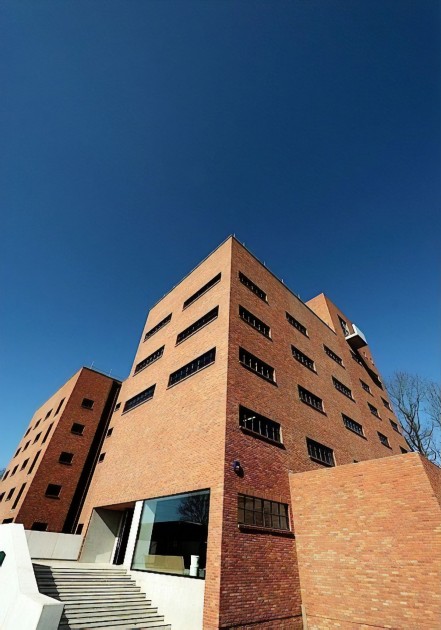
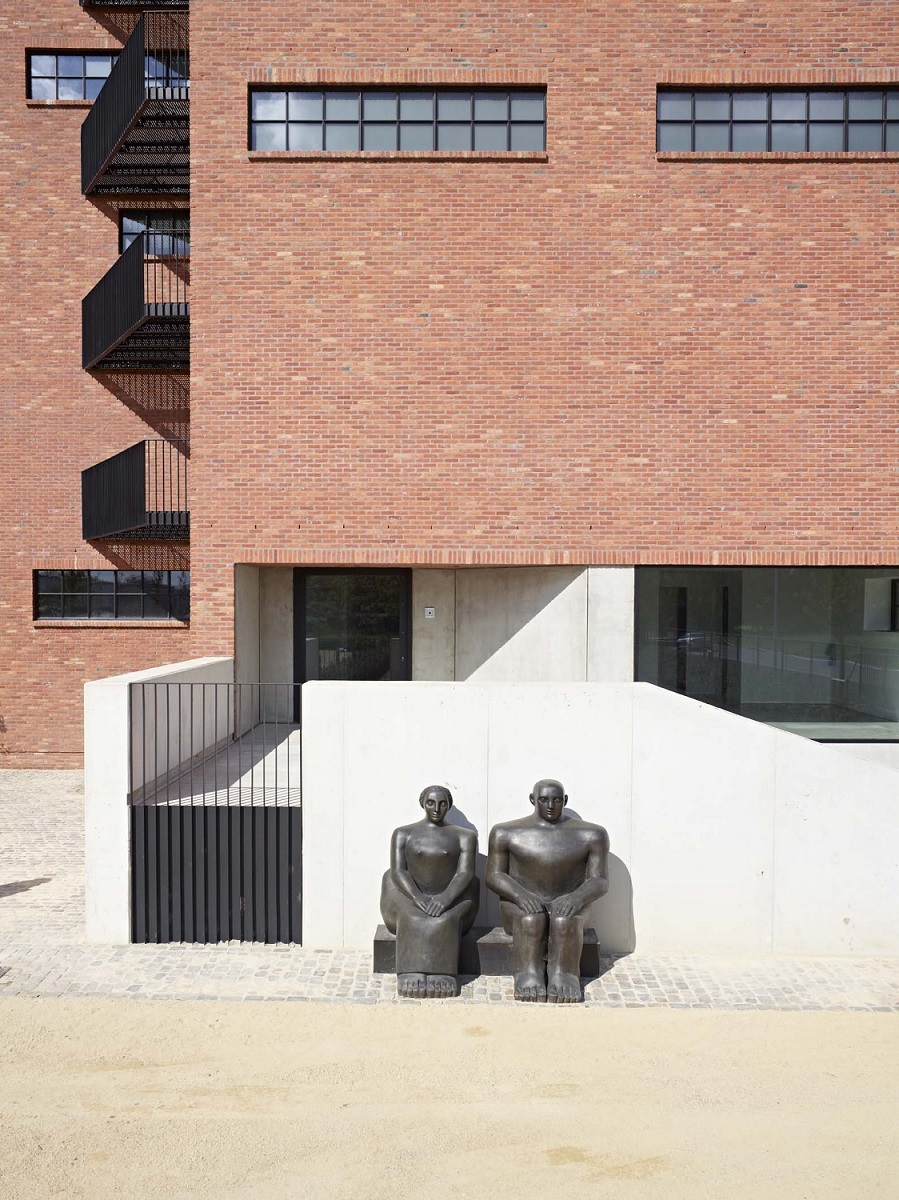
Why are the advantages and limitations for opening the art center in Herentals?
Our venues are located in the heart of the beautiful Campine Region, called “De Kempen” in Dutch. It is a natural region situated in north-eastern Belgium with extensive moors, romantic rivers, tracts of sandy heath, industrial canals and wetlands. The region includes varied landscapes, has a mining heritage and many family-friendly attractions. It is ideal for walking, cycling, horse riding, and getting out. Today the Campine is a very popular touristic destination. Old farms have been transformed into bed-and-breakfast hotels; the restaurant and café business is very active; and there is, for example, an extensive cycle touring network. The added value of having both Art Center Hugo Voeten in Herentals as well as Beeldentuin Hugo Voeten in Geel is related to art and culture. Where people normally associate private collections with a metropolitan context such as Antwerp, Brussels, Berlin, Rotterdam, … we appeal to people that are visiting this region and attract visitors from central cities as well. We are a small team and make sure that people can visit us within broad opening hours. People can visit us on appointment, and this allows them a very quiet and quality experience.
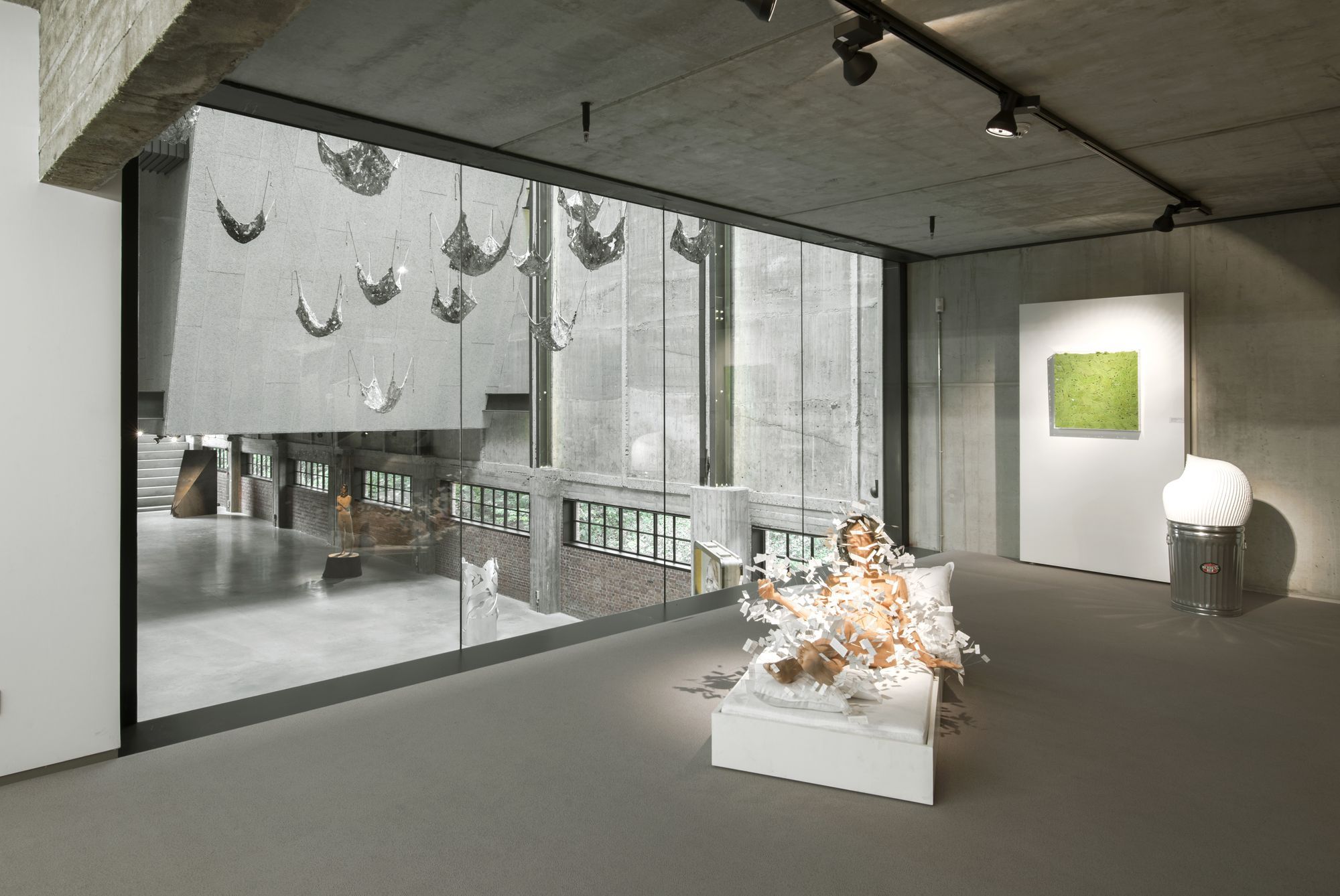
What are the missions of the Collection?
Collection Hugo Voeten consists of modern art, contemporary art, and Bulgarian art. Hugo Voeten considered it his role to show his collection at the service of the public and the community. This is the reason why people can visit the nine-level-high grain factory in Herentals as well as the sculpture park in Geel. It was due to the Campine consumers that Hugo Voeten made “Cash & Fresh” a success and earned money to acquire art. Therefore, the decision to display the collection in this region was quite obvious. He was a very generous man and wanted to give something back to his customers. In addition, he was also a very dedicated Maecenas. His relationship with the Bulgarian artists was for example a very personal one. Hugo Voeten was touched by the difficulties Bulgarian artists encountered right after the Fall of Communism. He created opportunities to create and be included in a private collection. He said, “I think it is not only important to help artists to create their works, but also to establish and maintain institutions.” The current mission of Collection Hugo Voeten remains to share this eclectic gathering of art with the audience that like to experience out-of-the-box art.
What are the ways to achieve these missions?
Our collection presents an authentic view of the rich and varied cultural history of modern, contemporary and Bulgarian art to diverse audiences through the preservation and interpretation of the art objects, the historic building that Art Center Hugo Voeten is in, and the unique nature and landscape one discovers in Beeldentuin Hugo Voeten. By means of collection presentations, events, related exhibitions, programs, experiments, and research opportunities, we are serving the community. We like to form a reciprocal relationship with our visitor community.
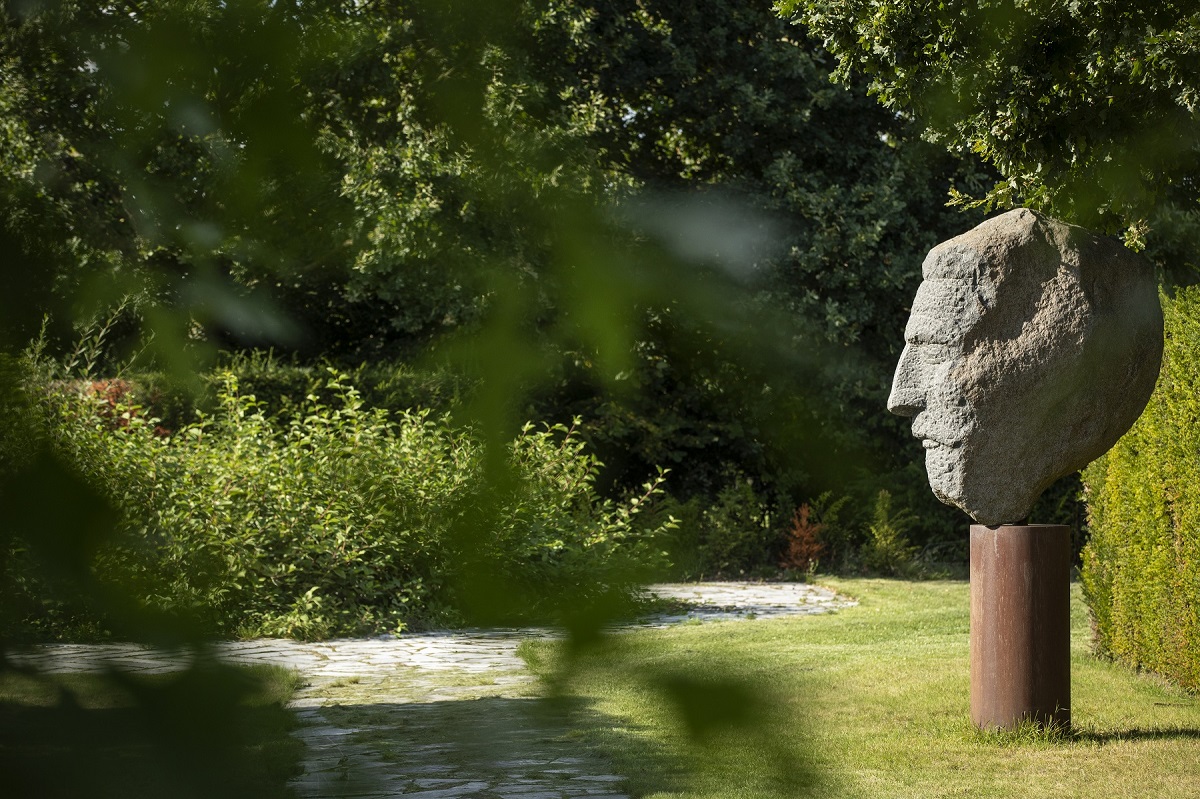
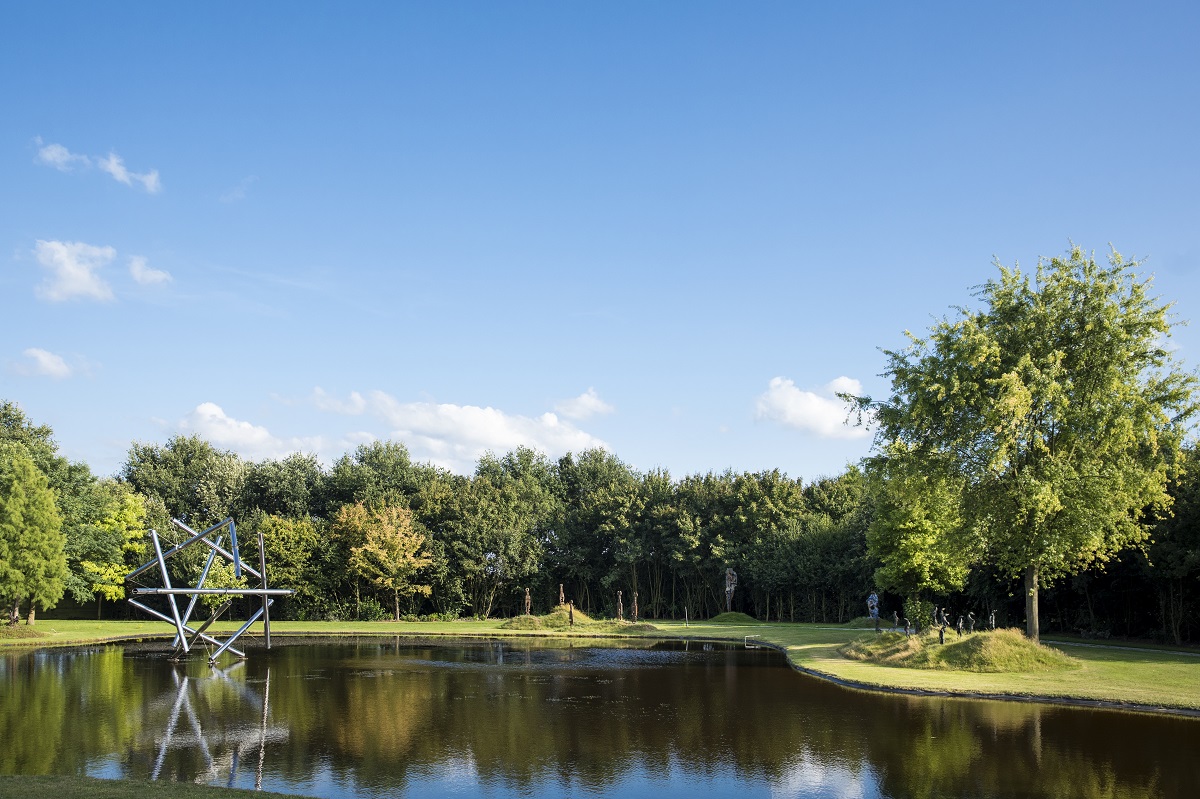
The collection
How many artworks are currently in the collection? How many of them are on display now?
The collection consists of almost 2000 pieces and 50% is always on display over our two venues. We highly value the principle of collection rotation and regularly change what is on display.
How often do you rotate the display of the collection?
There is no strict time frame for this. It is a very spontaneous and organic process. When we feel that a particular floor needs an update or particular works need to be on display (again), we change. As a private institution, it is a privilege to have this freedom and operate without tight schedules.
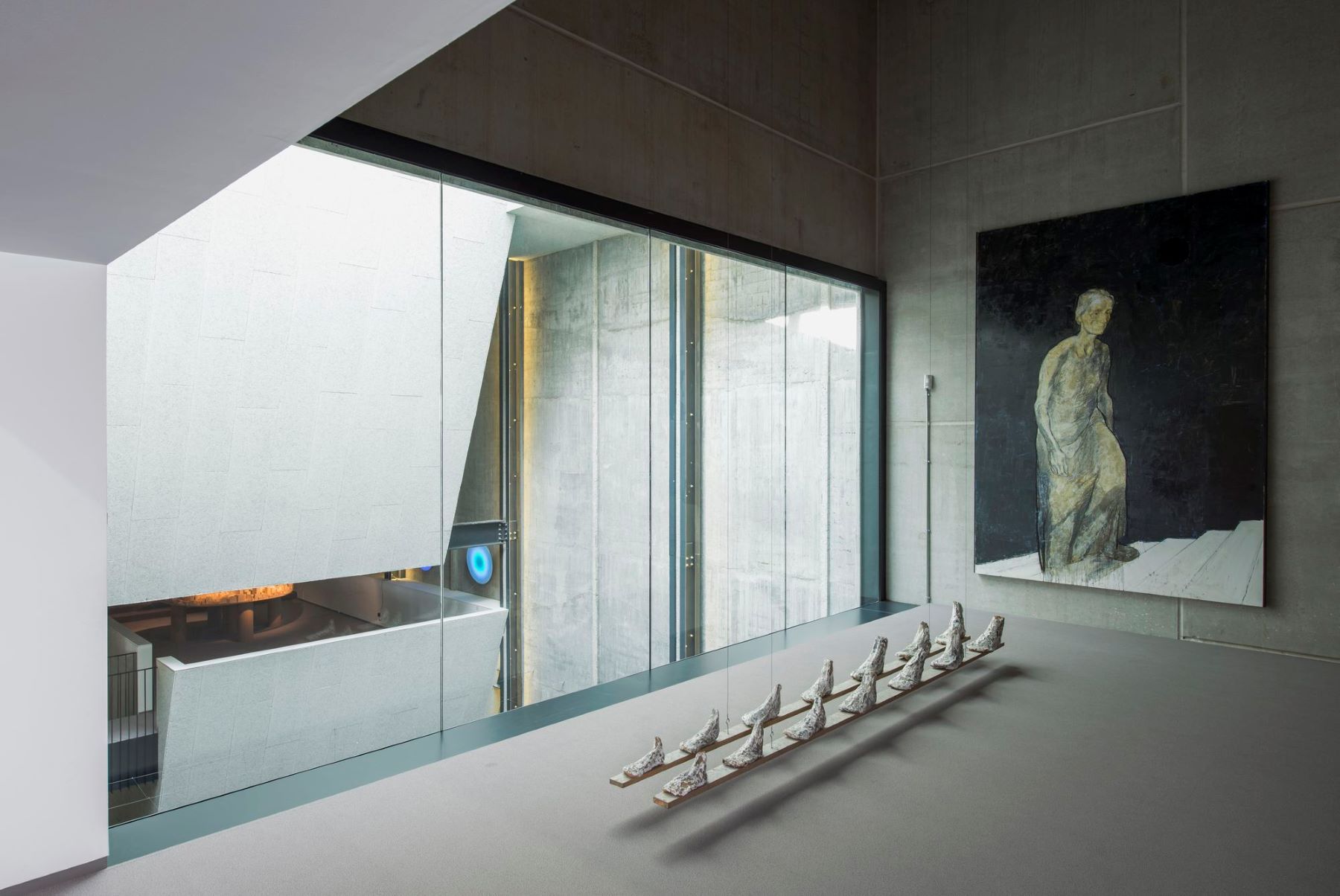
Svetlin Roussev, My Mother, 2007; both from Collection Hugo Voeten, at Center Hugo Voeten. Courtesy of Collection Hugo Voeten.
How do you decide what from the collection to show in the art center?
Hugo Voeten was a very intuitive art collector. He said “As a collector, I trust my own taste and opinion. This results in a very personal, diverse collection.” We continue to make sure that what is on display exhales this very atmosphere. In this respect, we do not prefer chronological presentations or highly elaborated curatorial concepts, but rather design-intuitive presentations that appeal to many.
How often do you acquire new works to the collection?
After Hugo Voeten passed away, we decided to focus on the collection he established and stopped acquiring. We can never continue or equal the unique way he collected. That is the reason why we currently focus on consolidation and presentation. We like working together with other collections or cultural institutions. Those opportunities offer interesting incoming loans and allow to match them with our collection in the framework of refreshing presentations.
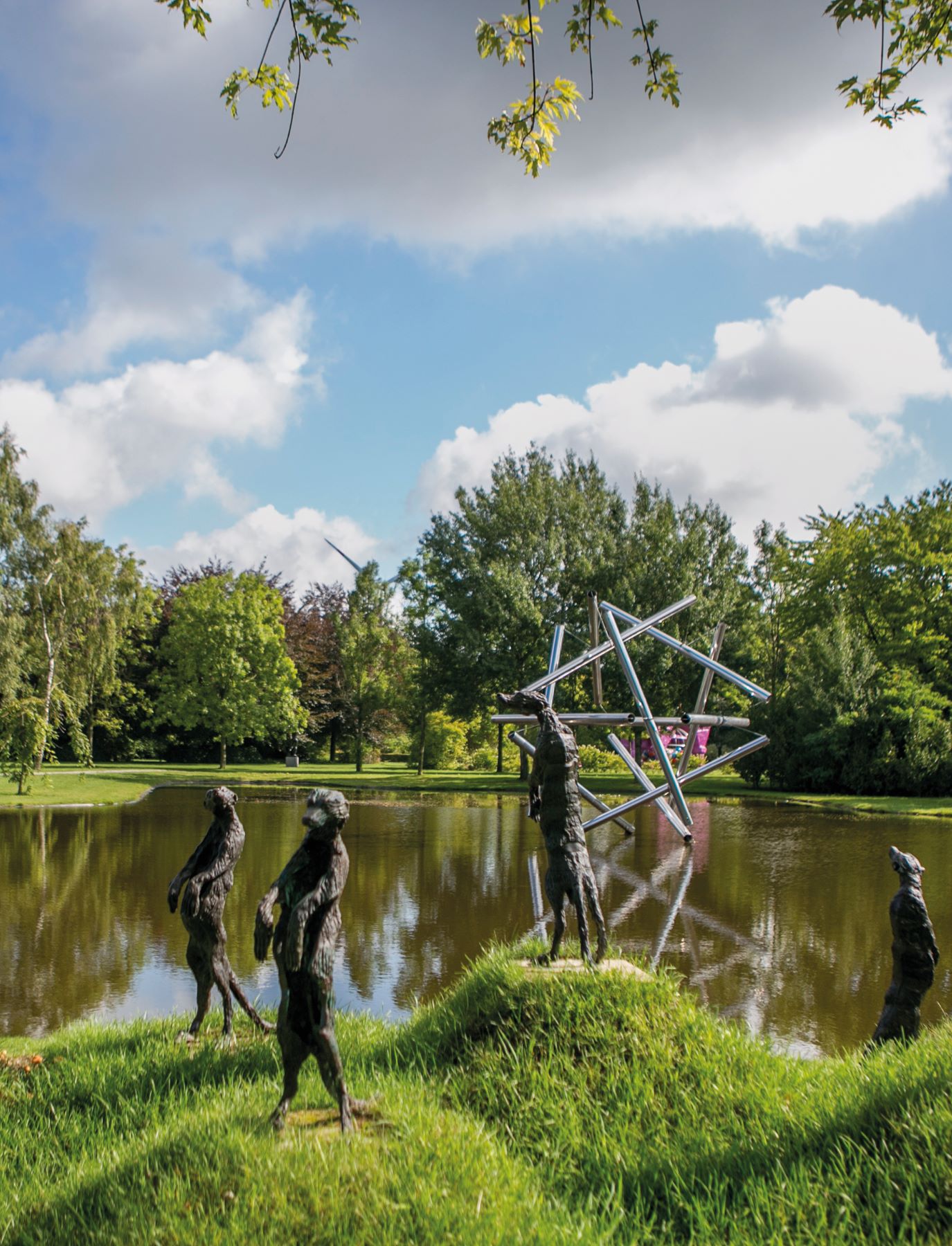
The programming and operation
How did you become the director of Art Center Hugo Voeten?
The heirs of Hugo Voeten appointed me when they were looking for a new collection manager.
What is your role in the programming as well as the curating of exhibitions in the art center?
I take care of the entire collection management and the general management of the patrimony, and the real estate connected to the art collection as well.
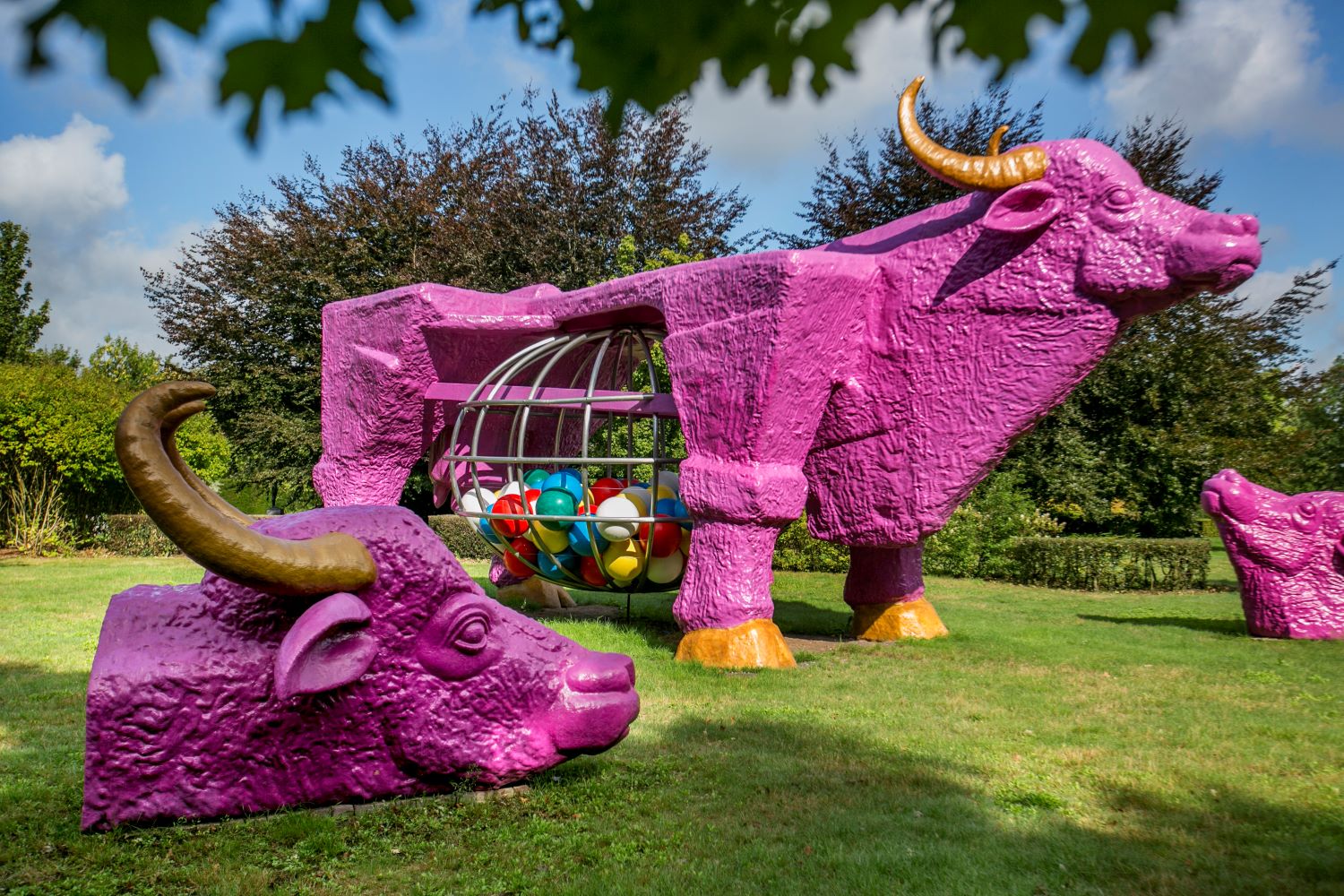
What are the challenges and breakthroughs in audience building?
Since last year we face a very serious and special kind of crisis. Culture gains importance in uncertain times of crises, and it brings us together. We are seeing an unprecedented creative hunger and feel the engagement with and through culture in the world. Although the majority of museums in Belgium and Europe and around the globe are/were closed, we are happy to remain open. Thanks to our shift from group visits to individual visits since our reopening in June 2020 after a severe lockdown in Belgium, we notice more audience differentiation. It is our aim to be vivid and proactive in our response to the pandemic. That is why we have shifted our focus to addressing multiple needs within the communities around us.
How is the programming in 2021? What are the special upcoming programs that we definitely should not miss out?
Currently, we don’t make special plans and mainly continue on the pace we found last year. Nevertheless, we proudly organize a couple of special events such as open park days, a heritage day, …
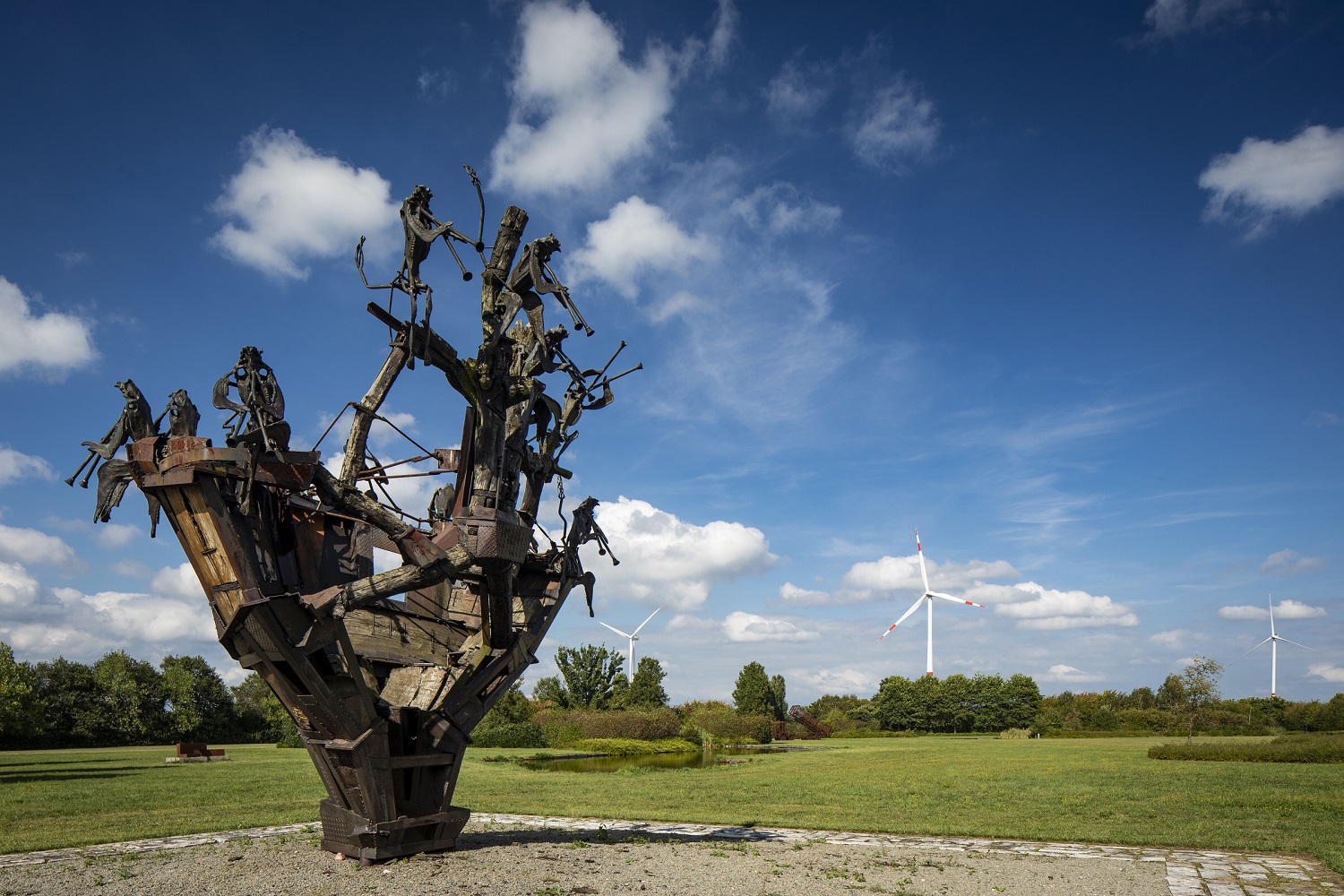
Our smile is our logo and business card
What was your happiest moment since you have been working for Art Center Hugo Voeten?
To see all the happy faces when visitors leave the collection and to embrace all the warm words telling us that people feel so welcomed in our venues. We attach a lot of importance to personally welcoming each and every visitor. Our smile is our logo and business card. The positive impressions are vital to remain creative and continue to care for the amazing Collection Hugo Voeten.
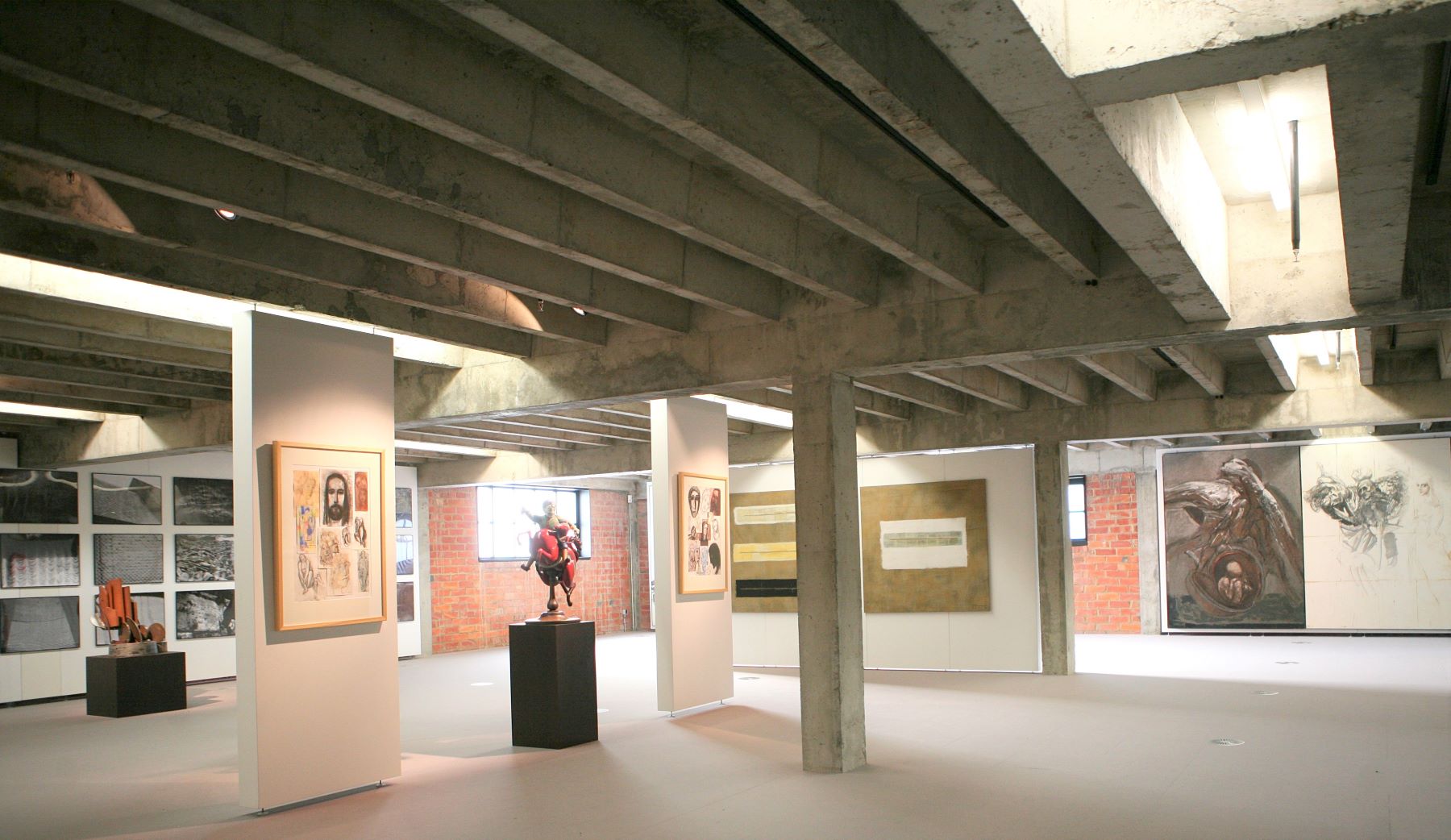
What do you think are the key elements that determine the success of a privately owned art space?
Generosity and a unique identity.
What are your visions for the art center in the next five years?
Continue the good work that has been done over the past two years and maintain the spirit, pace, and dynamism we like to share with our visitors.
What is your advice to collectors who may be thinking about building a publicly accessible art space?
Follow your heart. Collecting today is about intuition. It may sometimes conflict with the messages we receive about the importance of making rational collectors’ decisions. I’m convinced that listening to your heart may lead to more tangible success and a very singular collection. It will contribute to a very satisfying life with art at the center.
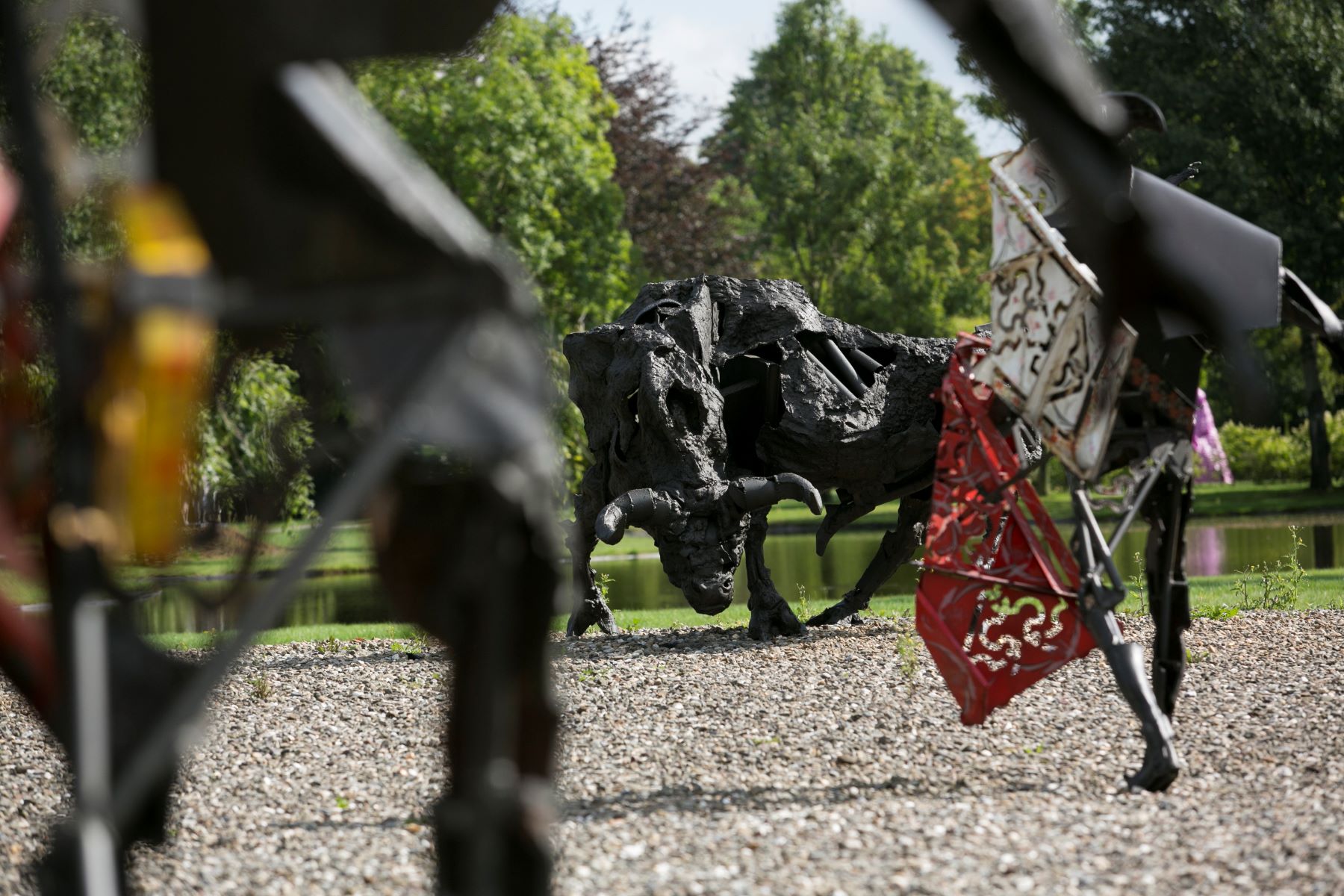
Related: Art Center Hugo Voeten
By Ricko Leung





